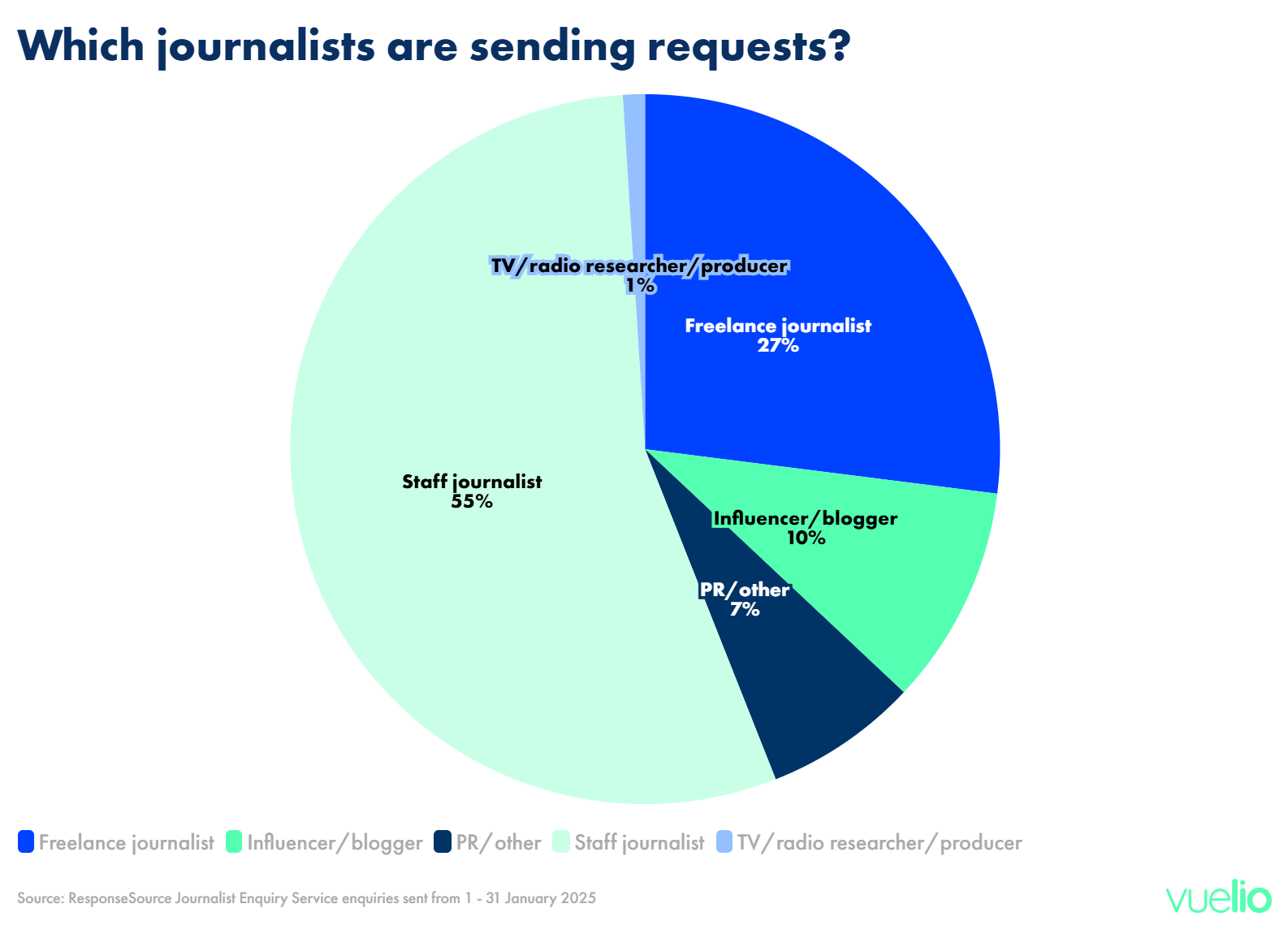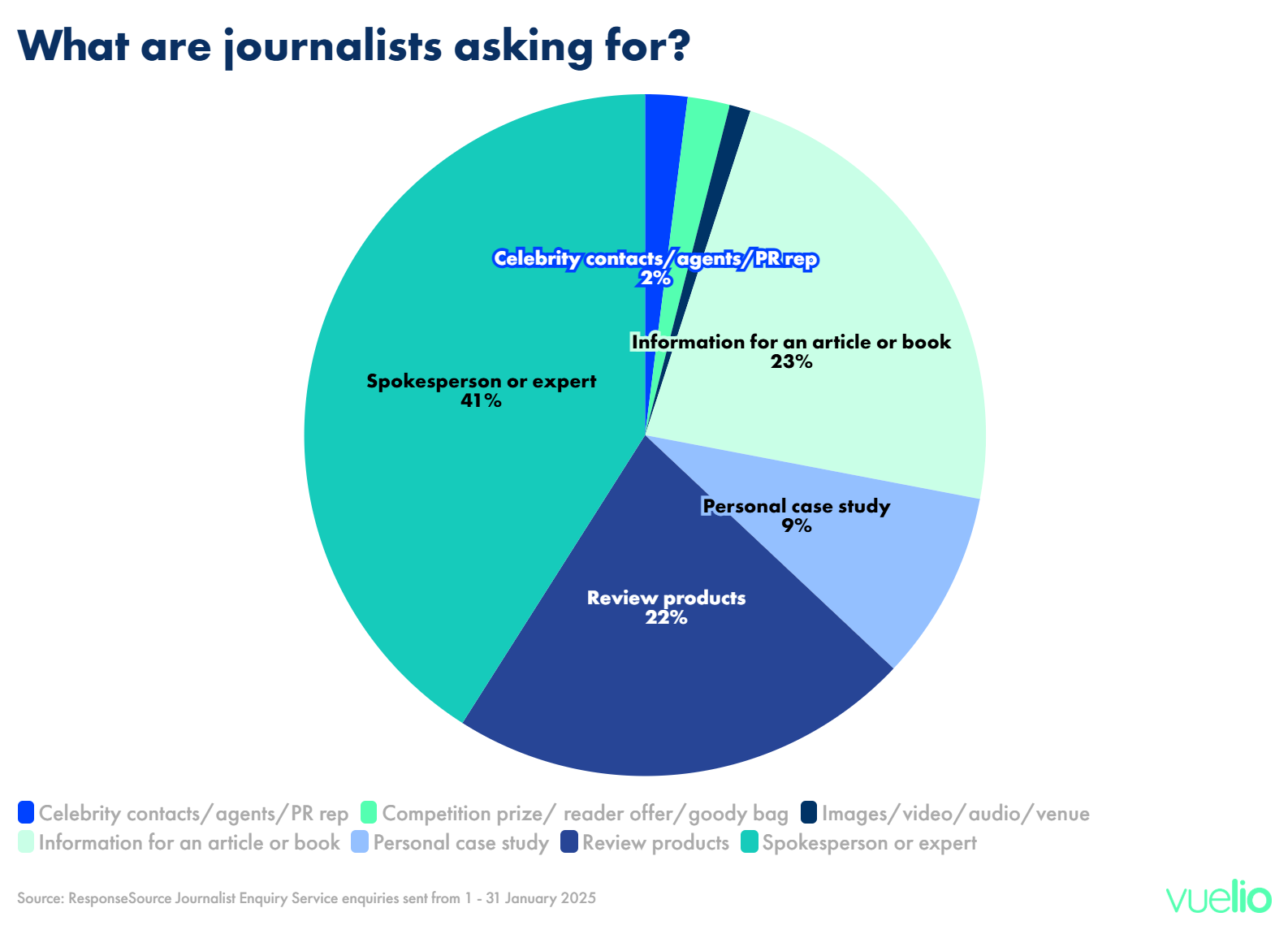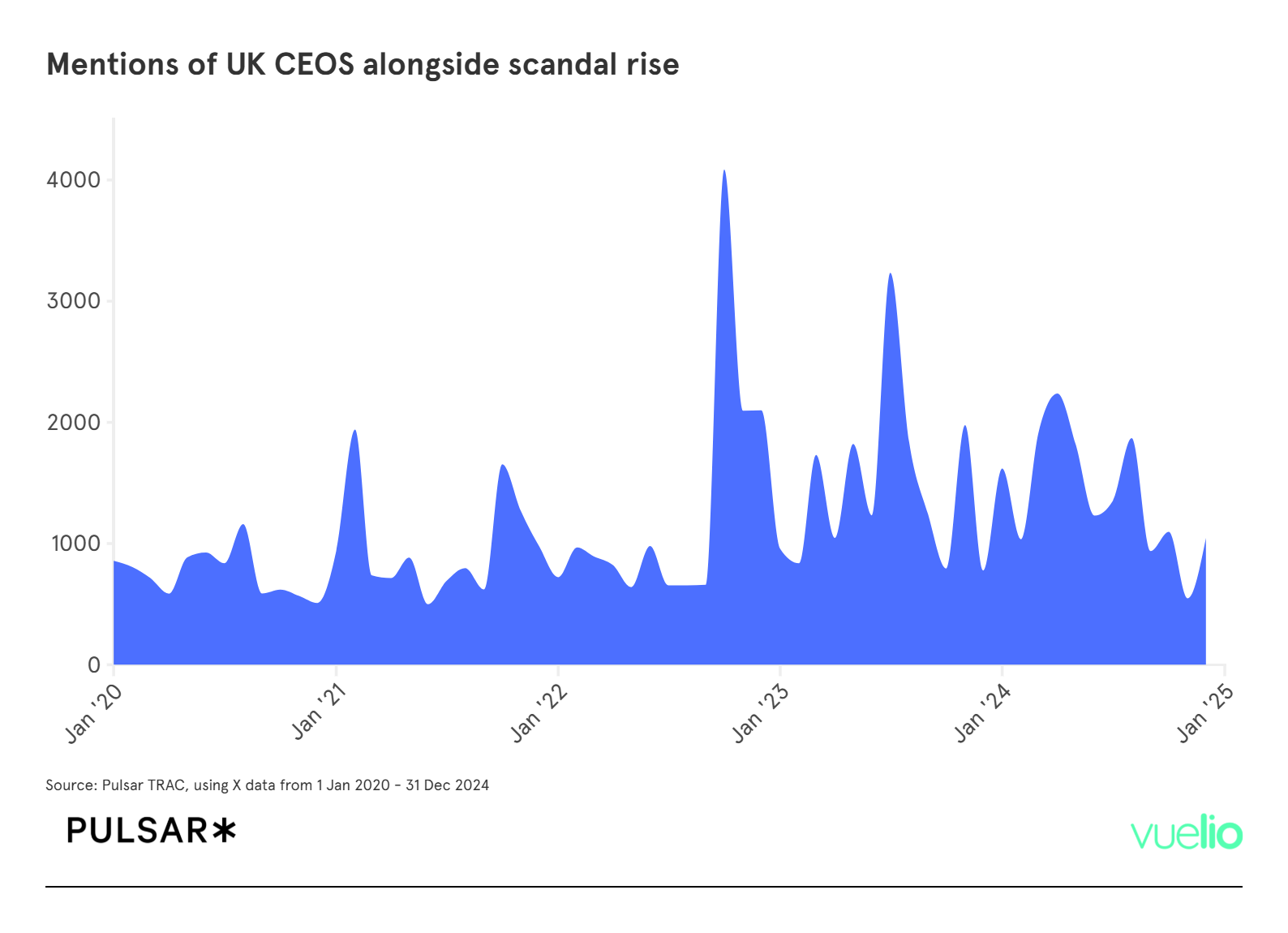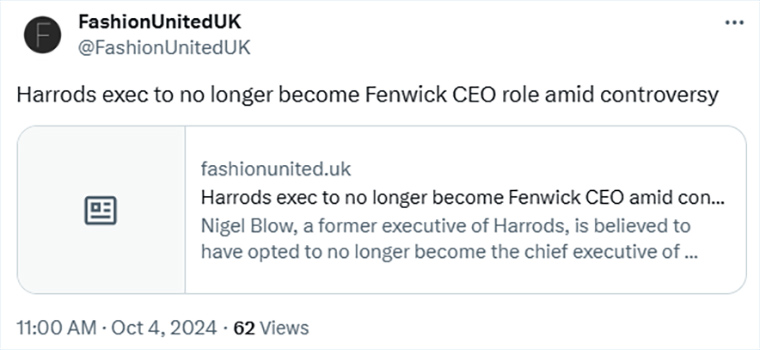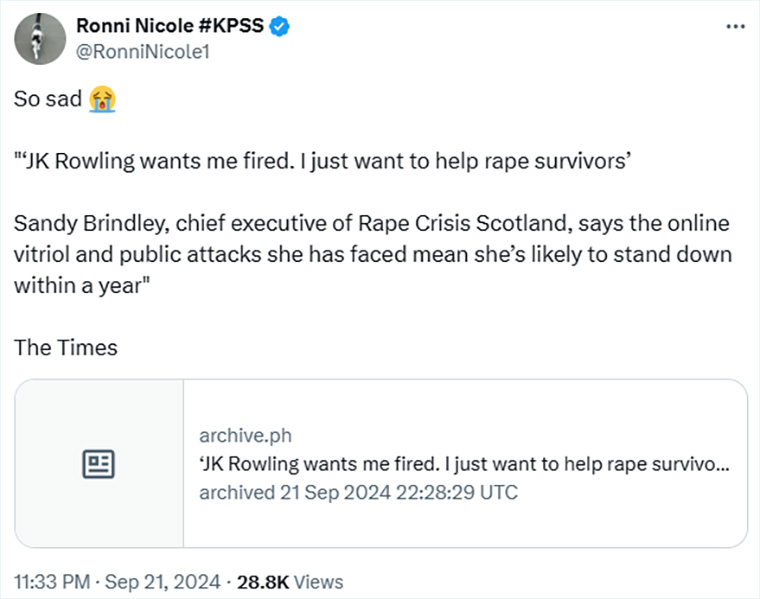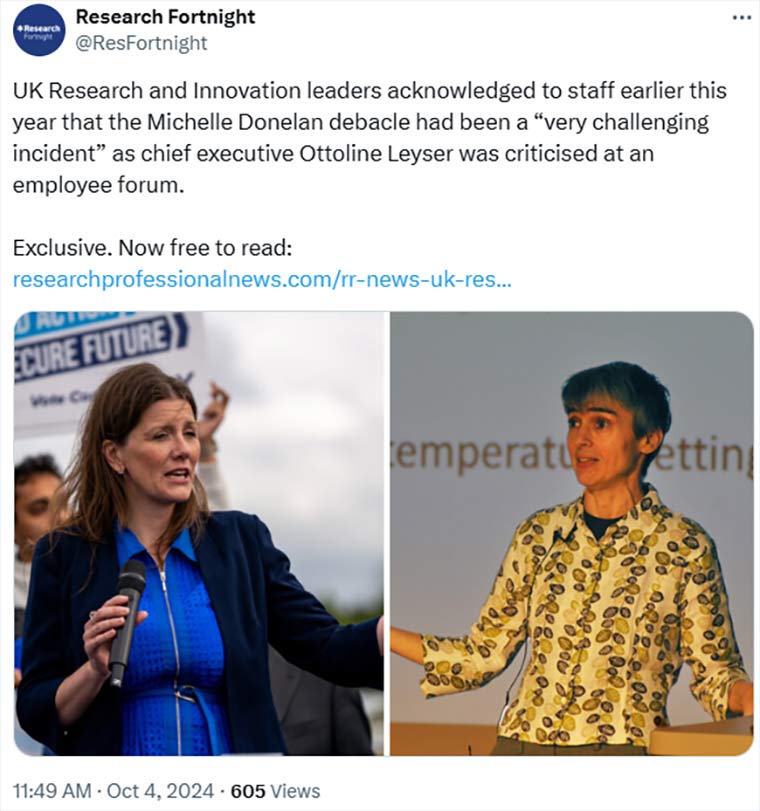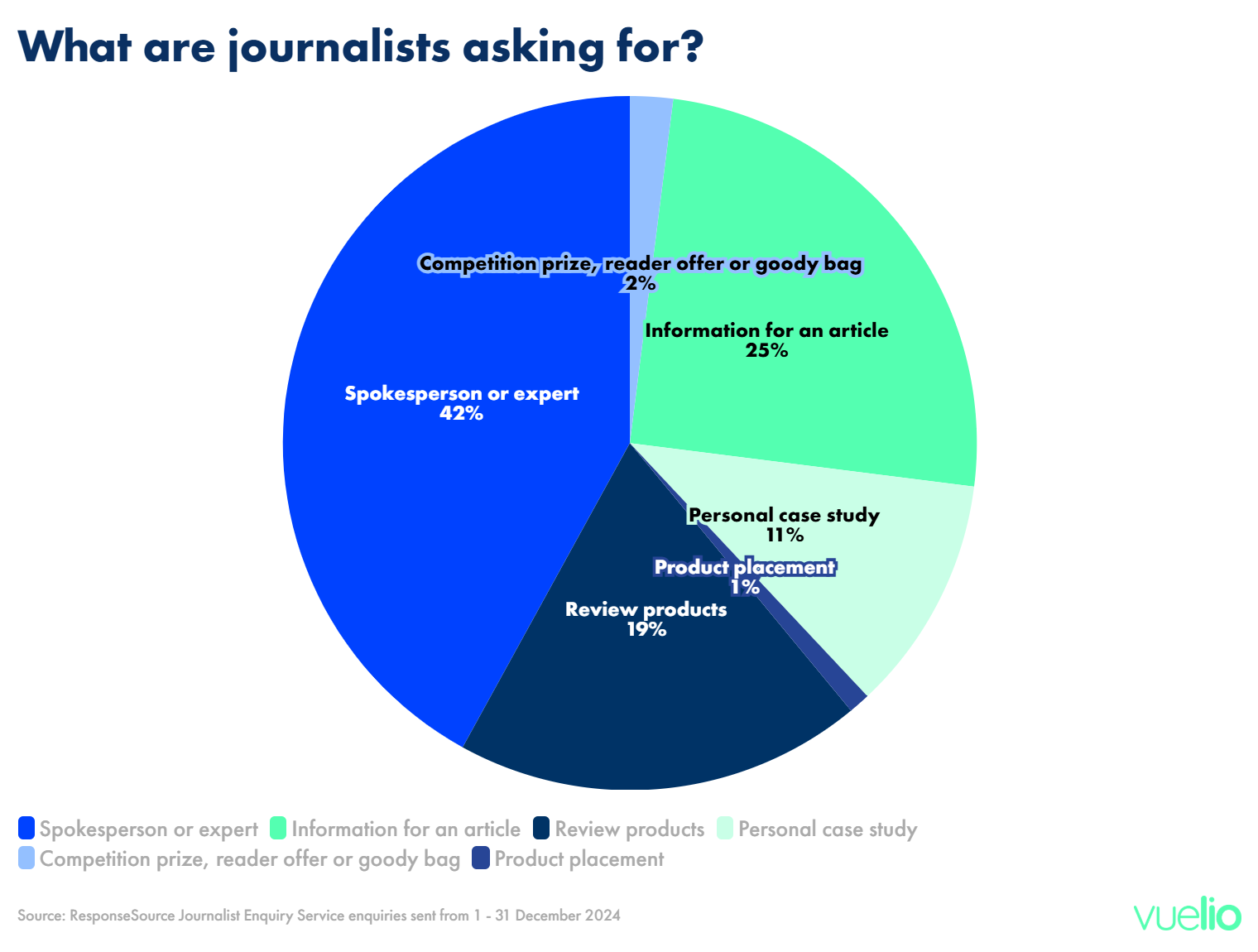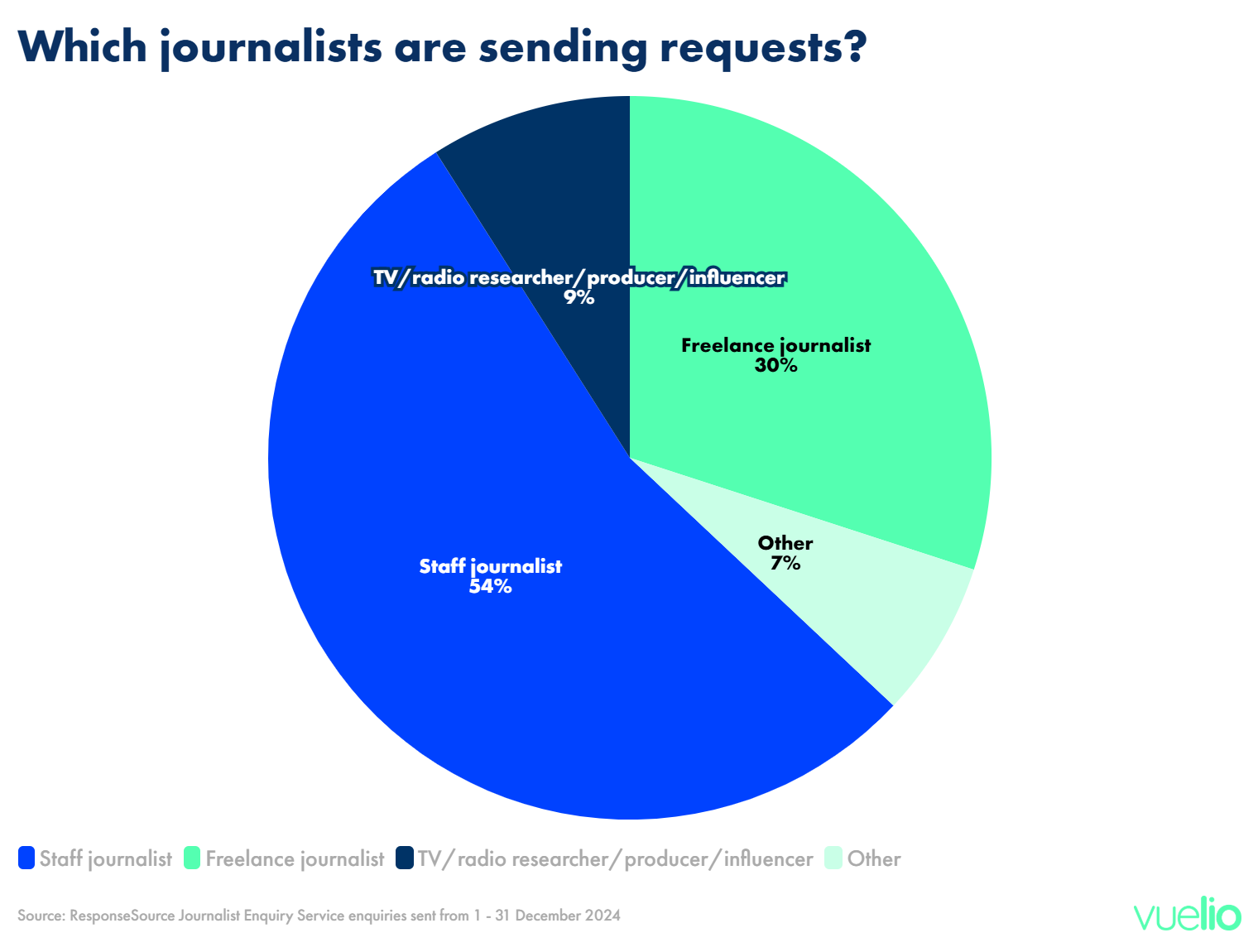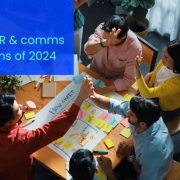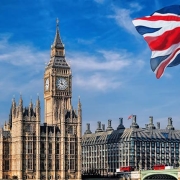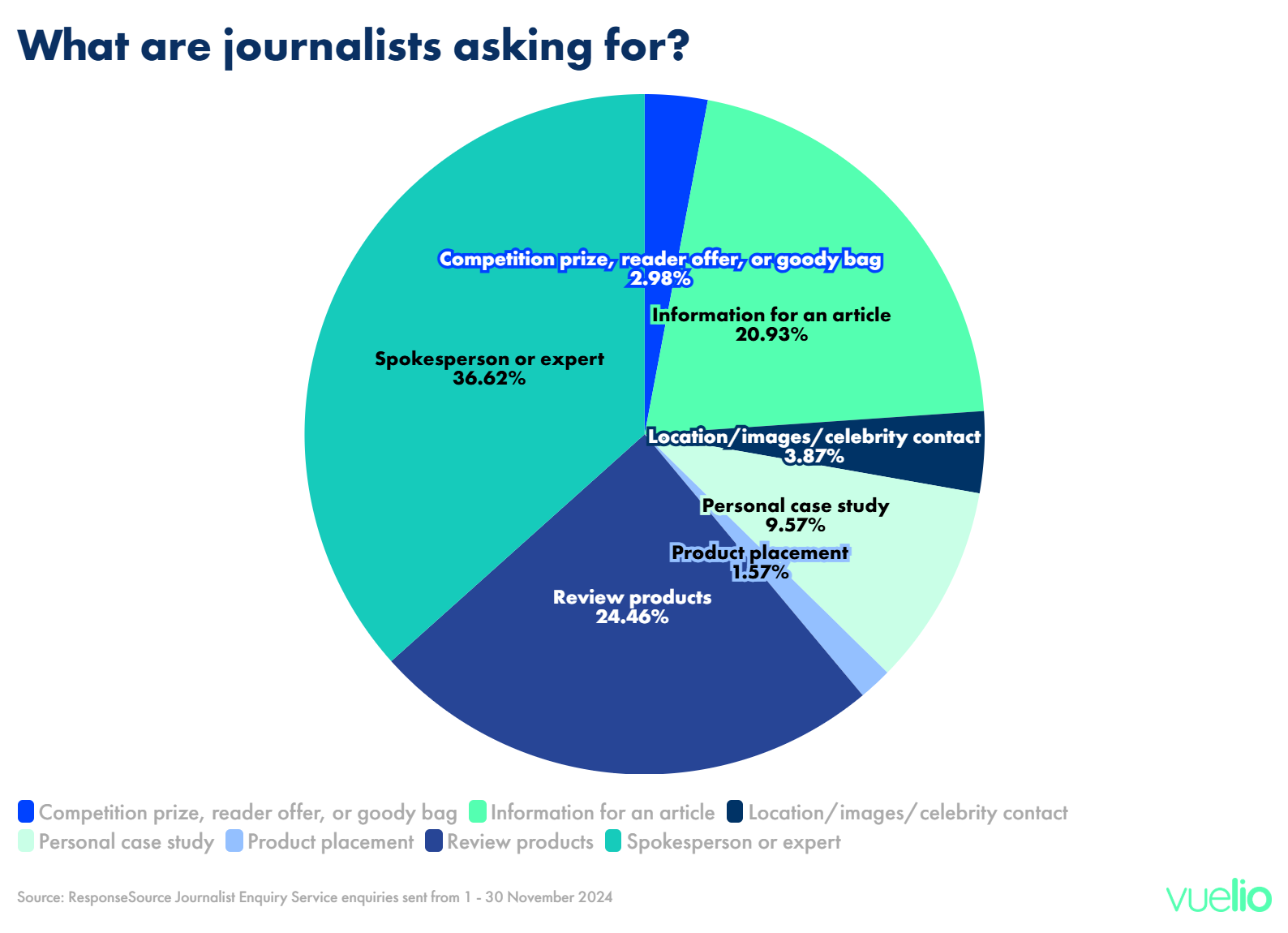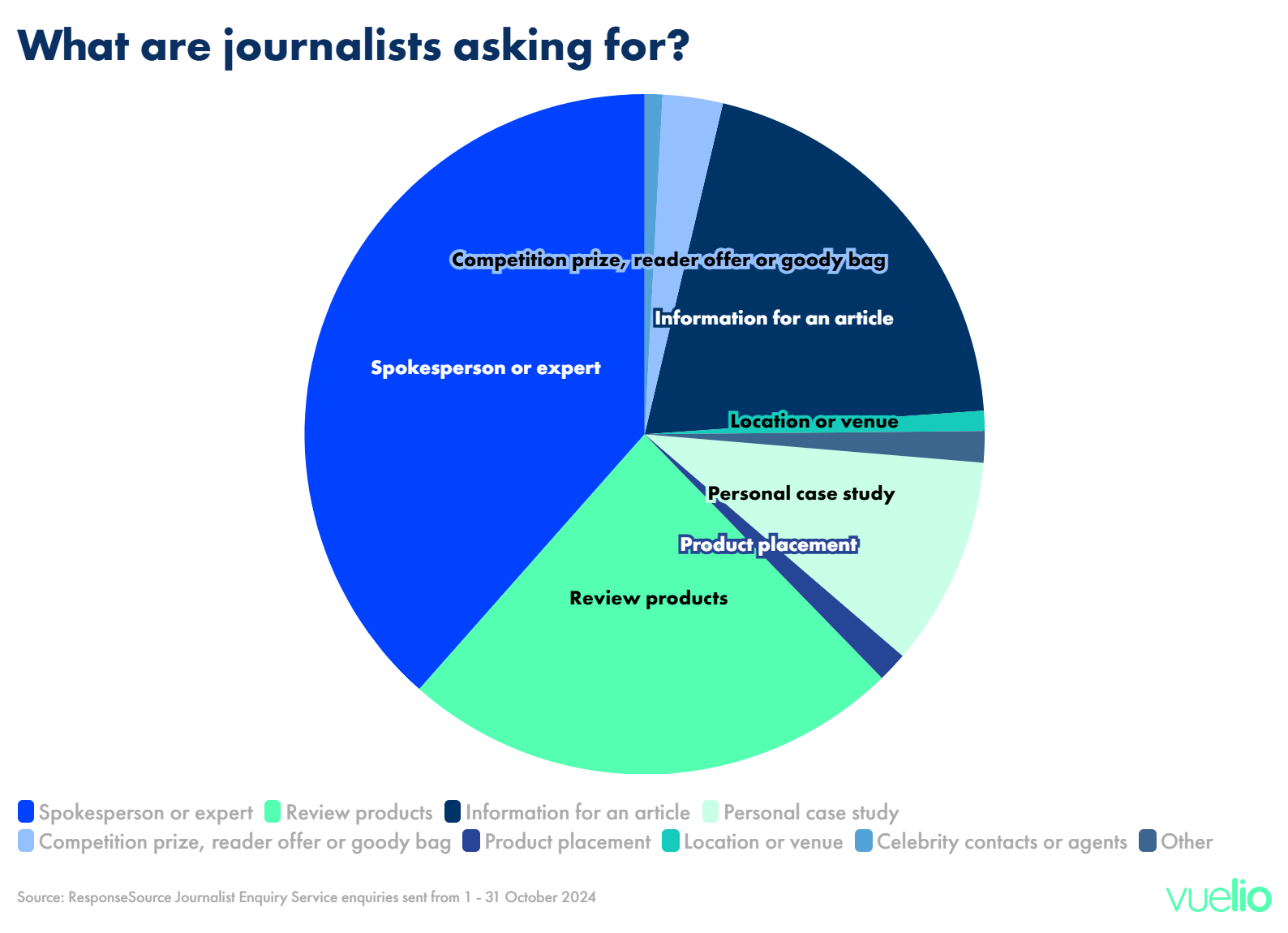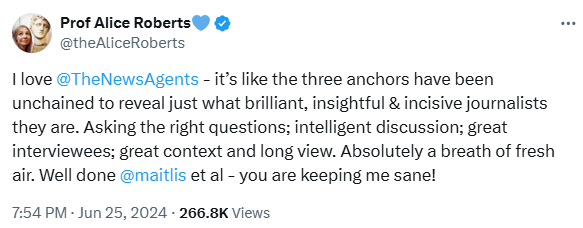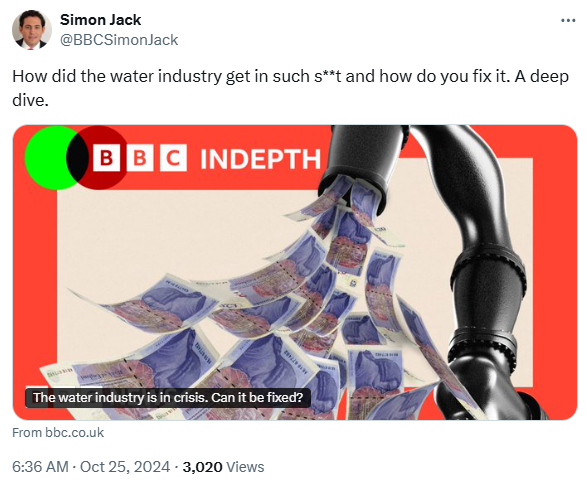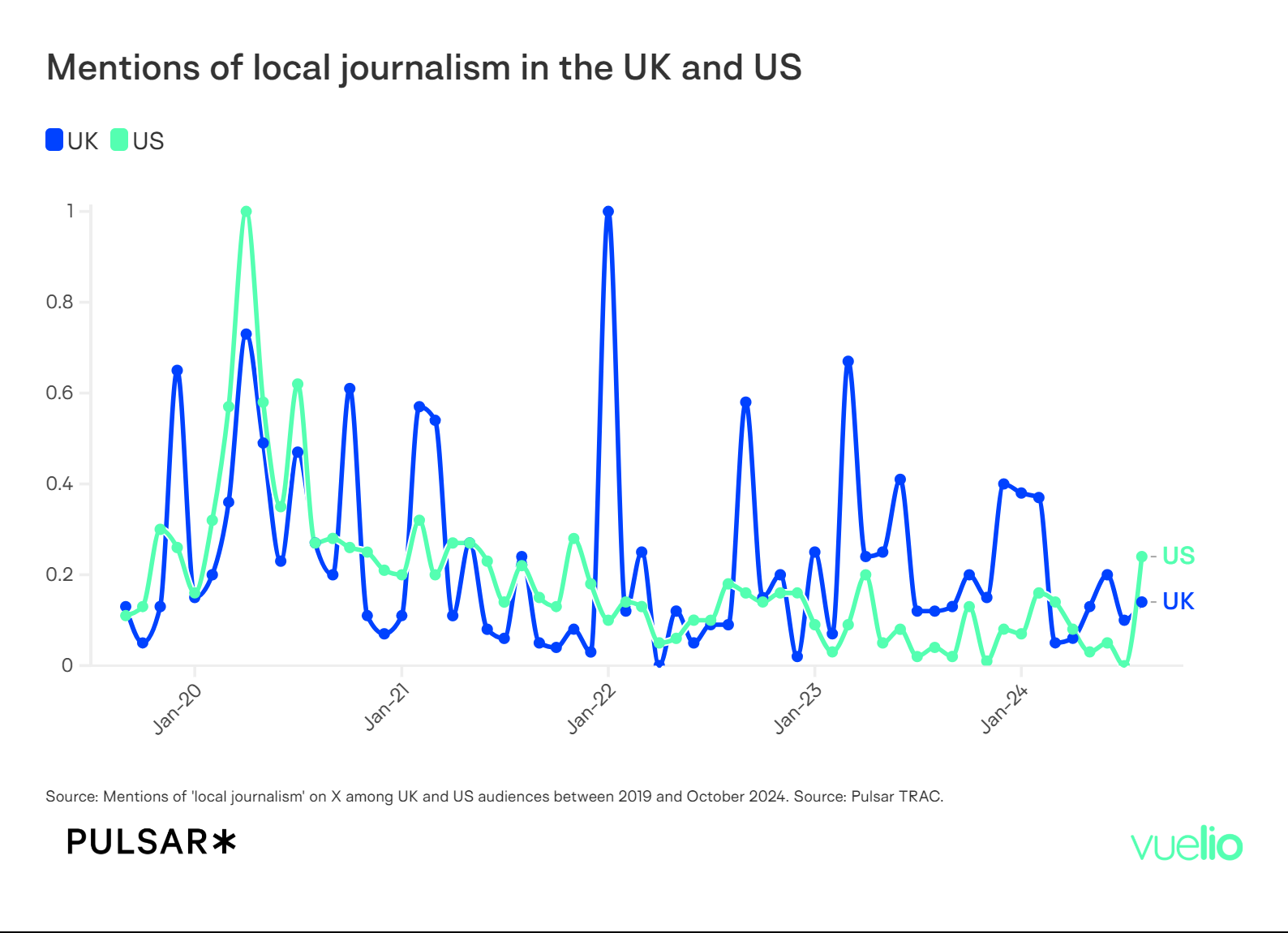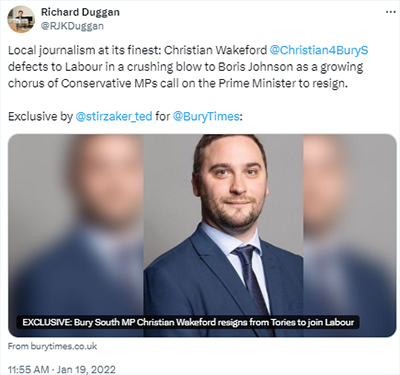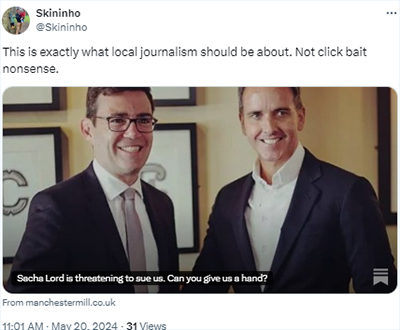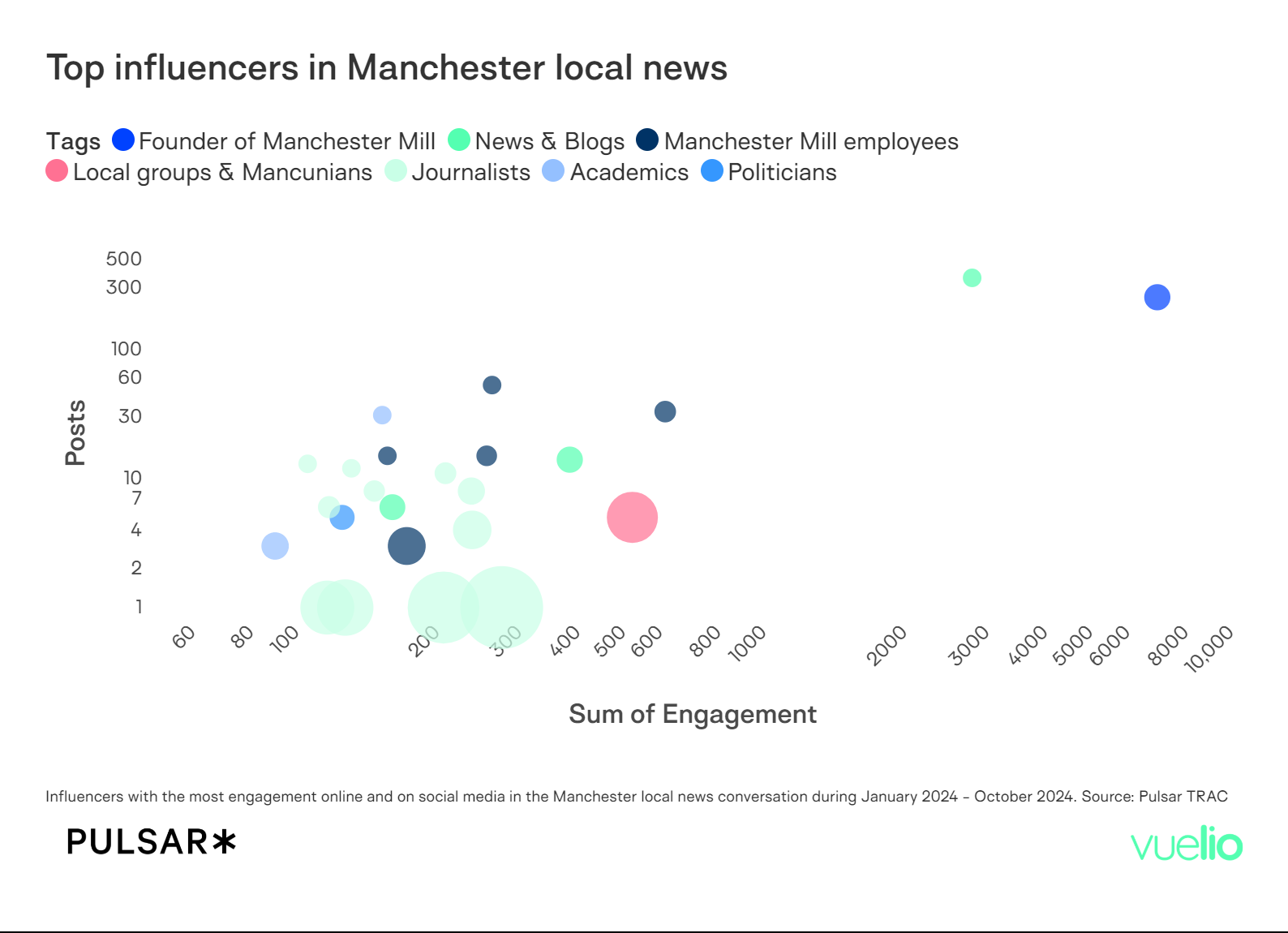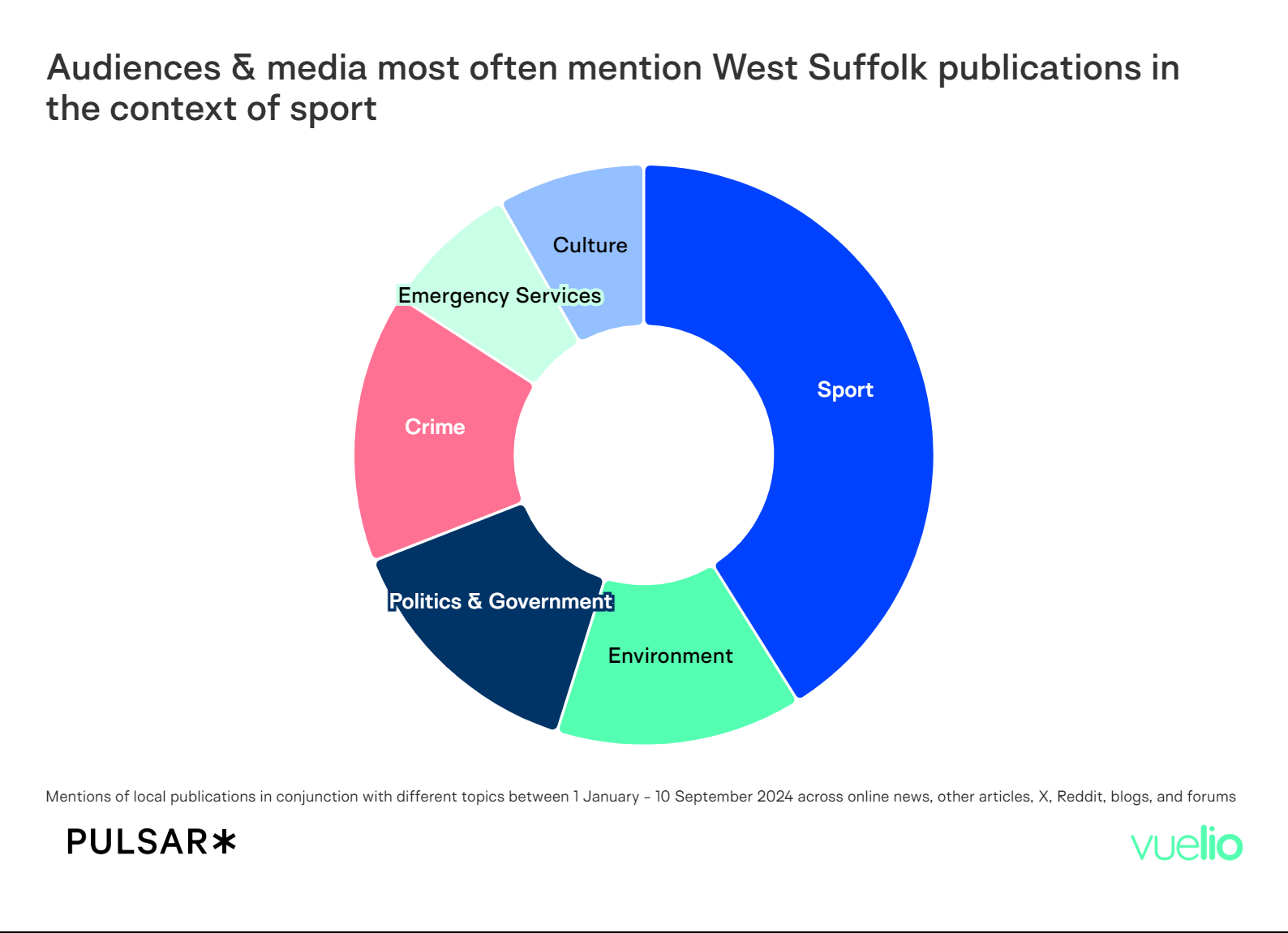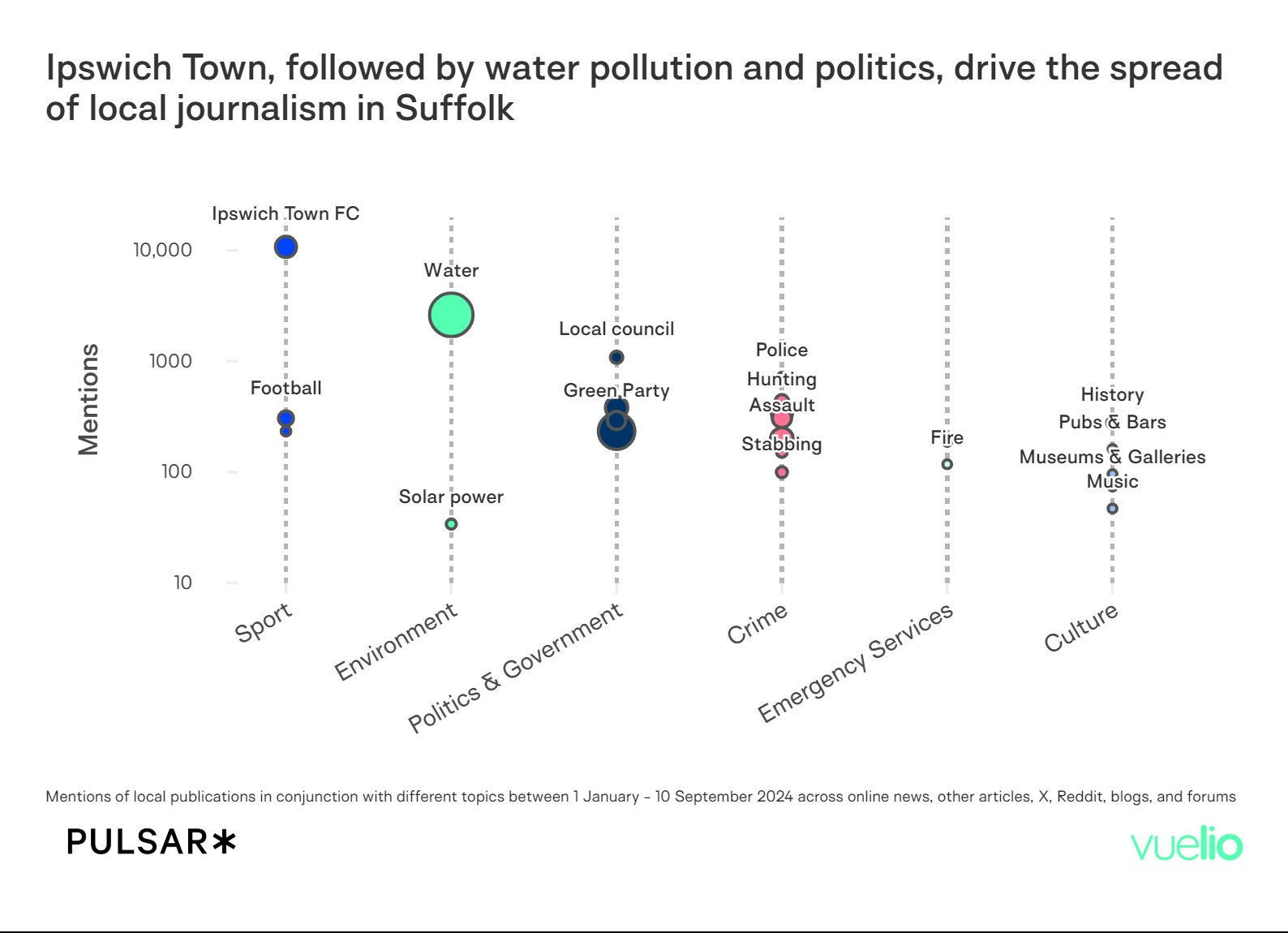What are the best media monitoring platforms for PR and comms professionals?
Telling interesting stories, and making sure they reach the right people, is one of the key responsibilities of PR and comms professionals. To do this effectively, media monitoring is a must.
The ability to track conversations and coverage, and fully understand the landscape where your comms will land, is a vital tool for planning campaign strategy. But the usefulness of media monitoring doesn’t end there. Understanding how your communications have been received by the media, the public, and your key stakeholders can prove the impact of your efforts, help with measuring your successes, and provide insight into approaches for future campaigns, also.
But which platform is right for you and your organisation? To help, here are the top media monitoring platforms for PR and communications, public affairs, and marketing professionals.
Vuelio
Vuelio is a multi-platform provider of PR and media solutions including media monitoring, an international media database, press release distribution, and campaign analysis solutions, alongside political monitoring, a political database, and stakeholder management.

Monitoring is available for all media sources including social, print, and online media – newspapers, magazines, trade and industry publications, television, radio, news websites, blogs, podcasts, and more.
Trusted by PR, comms, and public affairs teams across the world, its services are fully integrated, making its media monitoring even more powerful.

Understand how campaigns and comms have been received by the media with its comprehensive selection of media monitoring, listening, and evaluation tools, in real time.Teams can zone in on what’s happening across multiple platforms, and compare media coverage against social media mentions. More than two million pieces of coverage are shared daily with clients who rely on Vuelio to keep them informed.
Alongside social media, online news, print media, and broadcast monitoring, Vuelio Media Monitoring comes with Executive News Briefings that deliver easy to digest summaries of the top news stories, industry headlines, and competitor intelligence. And for internal reporting, the platform has customisable dashboards, with bespoke tagging. Not sure how to make the most of the service? The team of dedicated account managers are on hand to help.
Isentia
Isentia’s integrated media monitoring, intelligence, and insights solution aims to support top-performing PR and comms teams in decision making, parsing the world’s conversations in real-time.
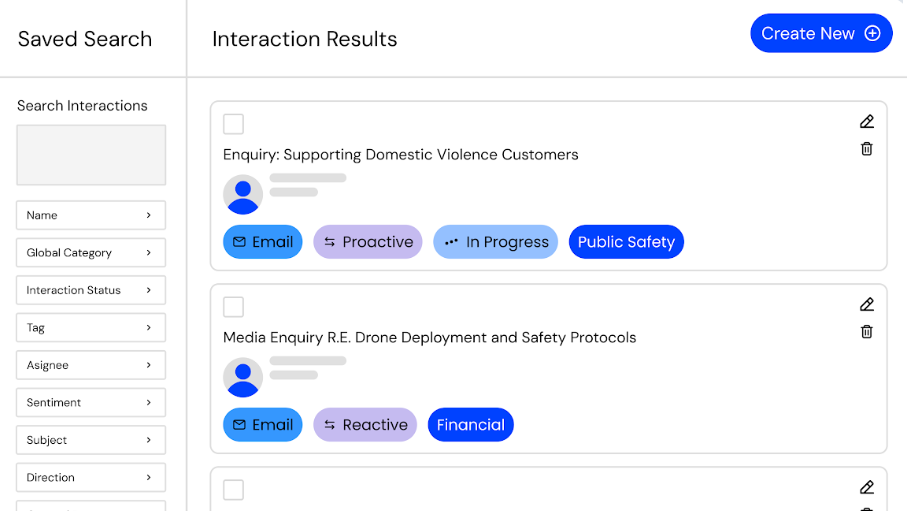
Used by thousands of businesses across the globe, this platform aims to have monitoring solutions for everyone, including agencies, communications, marketing, Government, legal, and research industries, granting them the context to navigate the ever-changing media landscape.
Like Vuelio, Isentia’s Media Monitoring solution is customisable and provides a holistic overview of monitored topics in one place, with the ability to filter, sort, and summarise coverage in a way that works for your team. Print, broadcast, online, and social media is covered, and is shared in a personalised way – users can pick real-time alerts of important coverage, or manageable digests. Isentia is the go-to brand for the Asia-Pacific (APAC), with operations in 11 markets across the region.
Alongside the platform, Isentia’s account management team promises to help users navigate the industry’s landscape with proactive support. Alongside monitoring, Isentia provides Stakeholder Relationship Management, analytics, and reports.
Cision
Cision’s CisionOne media monitoring tool aims to make sense of media mentions with the help of AI-powered summaries.
Focusing on automation, this platform offers the ability to turn media noise into quick insights to save time. Clients can track their coverage by building targeted searches.
Alongside real-time alerts, users can get access to the stories that will impact them via the platform. In times of increasing misinformation, CisionOne also flags potentially harmful or misleading content, including fake news and hate speech so that PR and comms teams can act quickly.
Onclusive
Promising ‘robust and real-time data’, Onclusive Media Monitoring manages media mentions and competitor activity across a variety of channels.

Clients can filter their coverage by a number of options in the platform, which takes in online, broadcast, and print content in multiple languages.
Teams can create benchmarks and reports comparing metrics of importance to your business, which can be downloaded and shared.
As well as delving into monitored topics in-platform, updates are provided via insights delivered to team devices via email or mobile notifications. News alerts span keywords, brand mentions, as well as other topics that may be useful to your organisation.
Roxhill
Roxhill Media Monitoring services promise to go beyond mention tracking, offering media intelligence in your given industry.
Matching technology promises that important stories regarding your brand, spokespeople, the wider industry, and your competitors won’t get missed. Mentions can be organised within its Smart Folders, with categorisation for mentions across core themes, pillars, and more.

AI is utilised for tracking brand sentiment, with tone analysis for understanding the wider conversation. Each piece of coverage picked up is measured with a ‘salience’ score of AAA, AA, or A. Alongside Roxhill’s own measurement, users can pick their own custom metrics via their dashboard, to translate data into digestible visuals for showcasing impact to internal and external stakeholders.
Meltwater
Meltwater Media Monitoring offers businesses the ability to monitor and analyse mentions across print, online news, social media, broadcast and podcasts.
This news monitoring tool tracks topic keywords and compiles public online and editorial content that mentions them. Content is captured from international news sources, social media platforms, blogs, forums, and broadcasts.
Search results and real-time analysis can be accessed via the platform as well as a mobile app for teams on the move.
Brandwatch
Brandwatch Insights includes media monitoring, but with a focus on social listening and digital media analysis. Social platforms, online news and blogs, and forums and reviews are tracked, with trend and sentiment analysis provided with the help of AI.

Like the above media monitoring solutions, customisable dashboards and reports are available for reporting back to the c-suite, or tracking the success of your campaign as it runs, and alerts can be set up for brand, competitor, or keyword mentions.
Brandwatch may not specialise in ‘traditional’ media including print like Vuelio and Cision, but does offer Stakeholder Management, Market Research, and Brand Management alongside its insight and monitoring software.



